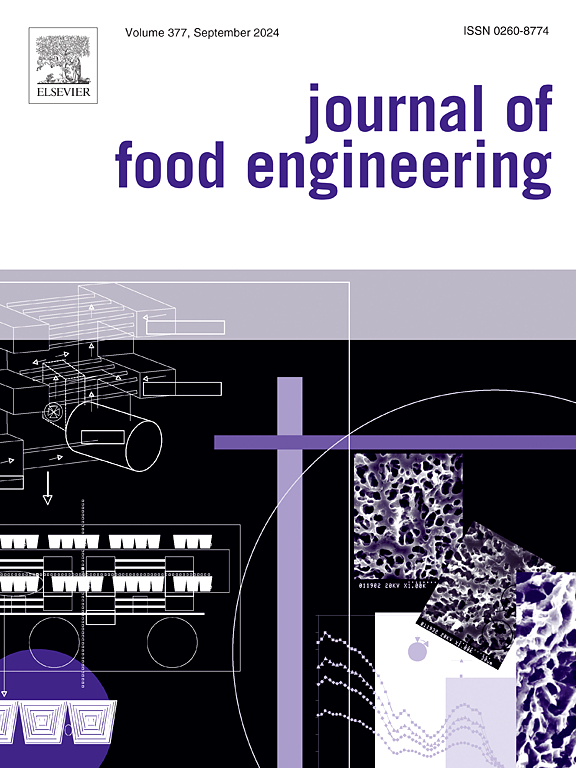Current advances in surface wettability in food packaging materials: Strategies, methods and future trends
IF 5.3
2区 农林科学
Q1 ENGINEERING, CHEMICAL
引用次数: 0
Abstract
Surface wettability plays a significant role in the functionality and safety of food packaging materials, influencing factors such as moisture resistance, microbial growth, and the effectiveness of active packaging technologies. The present study provides an in-depth investigation of the fundamental concepts underlying surface wettability, including contact angle theory, surface energy, measurement and characterisation, and how these elements affect the interaction between packaging materials and food products. We explore contemporary developments in the advancement of hydrophobic and superhydrophobic coatings, superhydrophilic coatings, bio-inspired materials, and nanotechnology-based shifts that optimise the functional properties of packaging surfaces. The paper additionally addresses the hurdles of scaling up these technologies, regulatory issues, and the environmental impact of biobased materials. For future investigation, we propose focusing on two main areas: the incorporation of active/intelligent packaging solutions and the advancement of sustainable, biodegradable coatings that retain favourable wettability properties. This research seeks to elucidate the intricate relationship between surface wettability and food packaging performance, providing valuable insights that may direct future packaging advancements. However, it is imperative to conduct additional research to establish concrete correlations between the functionality of the packaging materials and their surface wettability in real-world food packaging applications as evaluated by water vapour transmission rate, oxygen transmission rate, and antimicrobial efficiency parameters.
求助全文
约1分钟内获得全文
求助全文
来源期刊

Journal of Food Engineering
工程技术-工程:化工
CiteScore
11.80
自引率
5.50%
发文量
275
审稿时长
24 days
期刊介绍:
The journal publishes original research and review papers on any subject at the interface between food and engineering, particularly those of relevance to industry, including:
Engineering properties of foods, food physics and physical chemistry; processing, measurement, control, packaging, storage and distribution; engineering aspects of the design and production of novel foods and of food service and catering; design and operation of food processes, plant and equipment; economics of food engineering, including the economics of alternative processes.
Accounts of food engineering achievements are of particular value.
 求助内容:
求助内容: 应助结果提醒方式:
应助结果提醒方式:


